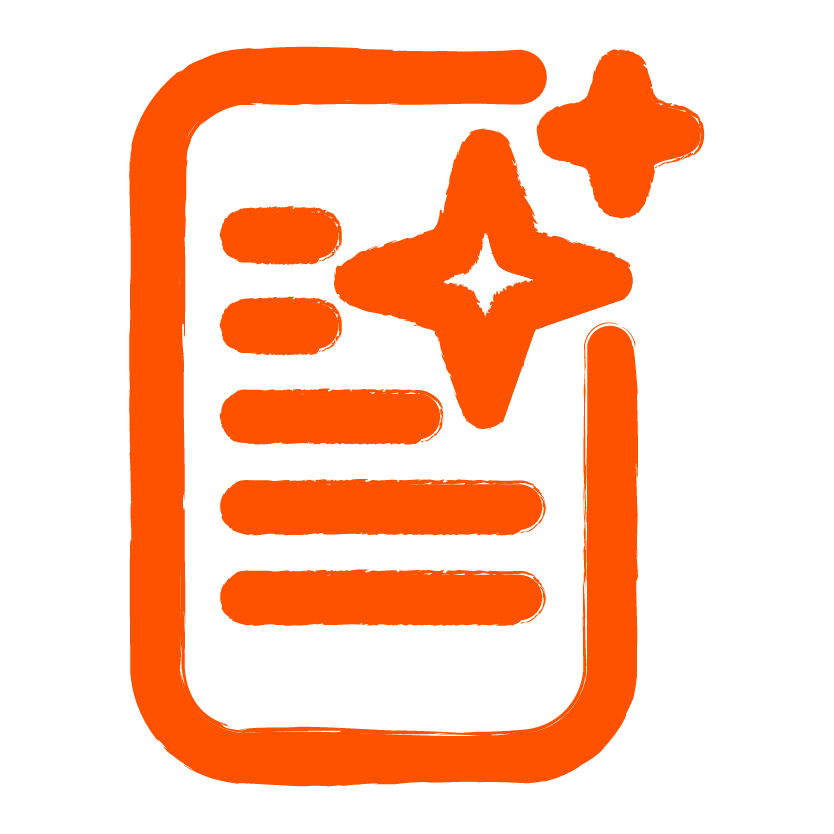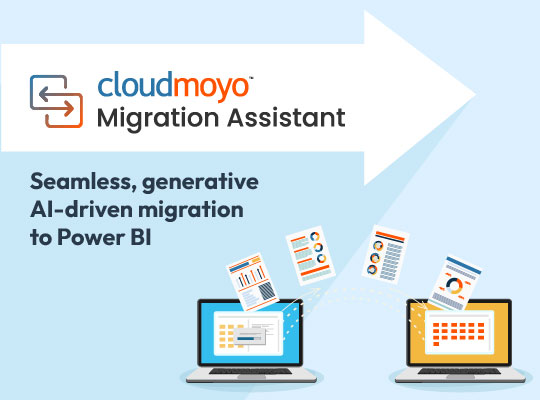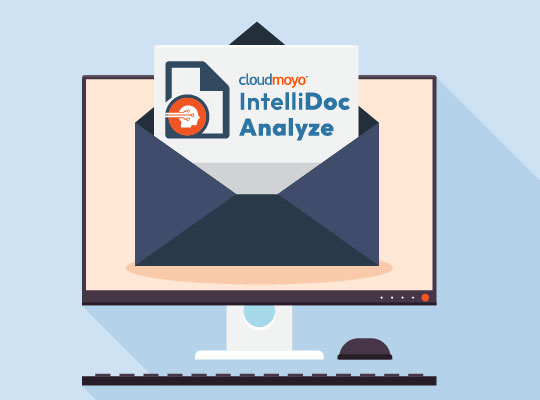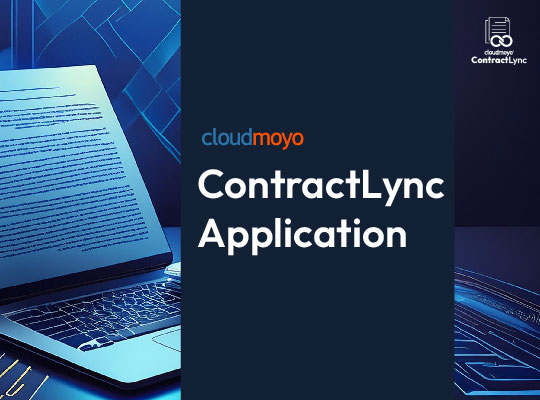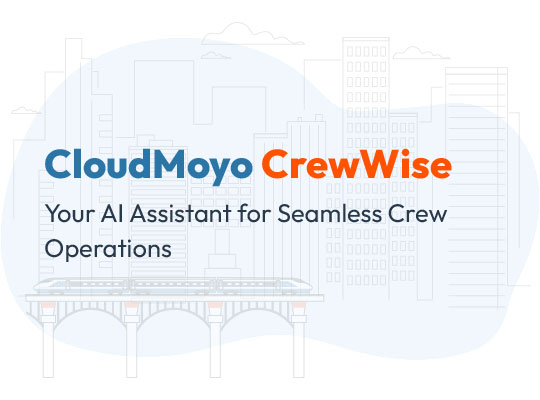Earlier, pharmaceutical companies would invest in expensive, broad-scale product promotion via lengthy doctor visits. A recent survey suggests that 87% intend to increase their use of analytics to target spending and drive improved ROI. Some of that money is likely to go into monitoring doctors’ therapeutic tastes, geographic trends, peak prescription rates – anything that has a direct relevance to the sales cycle. Drug companies are employing predictive methods to determine which consumers and physicians are most likely to utilize a drug and create more targeted on-the-ground marketing efforts. Pharmas are providing drug reps with mobile devices and real-time analytics on their prospects. Reps can then tailor their agenda to suit the physician. Afterward, the sales team can analyze the results to determine whether the approach was effective.
For pharma clinical research organizations (CRO), business development initiatives are mainly through the preparation of information request responses and preparation of proposals for pharmaceutical, medical device, and biotechnology companies. Today, CROs rely on data-driven insights, which require reports and performance metrics available at decision makers’ fingertips for tracking multiple opportunities, maintaining win-loss ratios, predicting pipelines, analyzing lost sales, proposal management and so on. This means mountains of data in the form of multiple source systems, multiple data vendors, incomplete data, bad data etc. Here, CROs need to take the next step—integrating all this data, generating insights and creating a true competitive advantage. But with competitive pressures at a breaking point, CRO executives don’t have the time to wait.
How can companies integrate and interpret mountains of data to get a 360-degree view of customers without resorting to laborious and manual processes that take away the focus from core business development?
A typical business-to-business (B2B) company now has a staggering amount of data in its arsenal, and the marketing department’s goal is to use that data to deliver more effective results than ever before. Predictive marketing, which uses machine learning to deliver more accurate insights across the funnel to encourage sales from existing and new customers. Goals for predictive analytics span across the customer funnel – from customer acquisition to measuring customer behavior and audience insights, ad/campaign effectiveness, calculating and improving customer lifetime value and customer retention. Predictive analysis can achieve these goals by learning from patterns within the data that are derived from customer touchpoints—every interaction that a B2B decision-maker has had with a company. Predictive technology learns from data to render predictions for each individual in order to drive decisions. From this, they use data science to identify common characteristics of the accounts that were won by sales and predict the likelihood of closing each prospect.
To summarize the impact of analytics on B2B sales:
- Predictive analytics solutions have had a positive impact on B2B lead and opportunity conversion rates
- Predictive analytics solutions support sales effectiveness by putting sophisticated machine-learning capabilities into the hands of sales users
- Predictive analytics solutions require large datasets to be most effective
- Proofs of concept can demonstrate the accuracy of vendors’ predictive analytics capabilities before solutions are purchased
Companies like CloudMoyo are providing cloud-based B2B predictive analytics services that eliminate the need to hire increasingly-pricey data scientists internally. Their SaaS services start with the company’s internal CRM and marketing automation data, and then they add in data from thousands of public sources such as company revenue and income, number of employees, number and location of offices, executive management changes, credit history, social media activity, press releases, news articles, job openings, patents, etc.
A US based full-service contract research organization with a successful two-decade plus track record supporting biotechnology, medical device and pharmaceutical companies in all phases of clinical development. Like all CROs, they needed insights from its sales data to gain a competitive advantage and improve performance. The company needed a better way to harness their sales data into insights. The company was managing multiple sources of information, some with different definitions of what constituted an “opportunity.” In one case, the company had 11 instances of a single customer throughout different systems.
CloudMoyo used advanced analytical models to improve targeting of customers, and influence territory strategy through an exchange of customer insights with field representatives. The team worked closely with client resources to gather complex datasets across multiple sources, perform data cleansing so as to integrate data sources into a single cloud based central repository accessible using software to analyze integrated dataset. On top of that, they developed an analytics solution that enabled data-mining and visualization to validate established rules of operation.
The Analytics as a Service (AaaS) gives the client a 360-degree view of their prospects, without burdening them with the massive data collection, normalization, and analysis project that such a capability would entail if they built their own system. The results were striking and were there for everyone to see as the CRO improved conversion rates by 15% and reduced sales cycle by 10 days. In addition, they succeeded in slashing the time to collect data and focussing more on actually analyzing it such as key success factors in winning deals.


